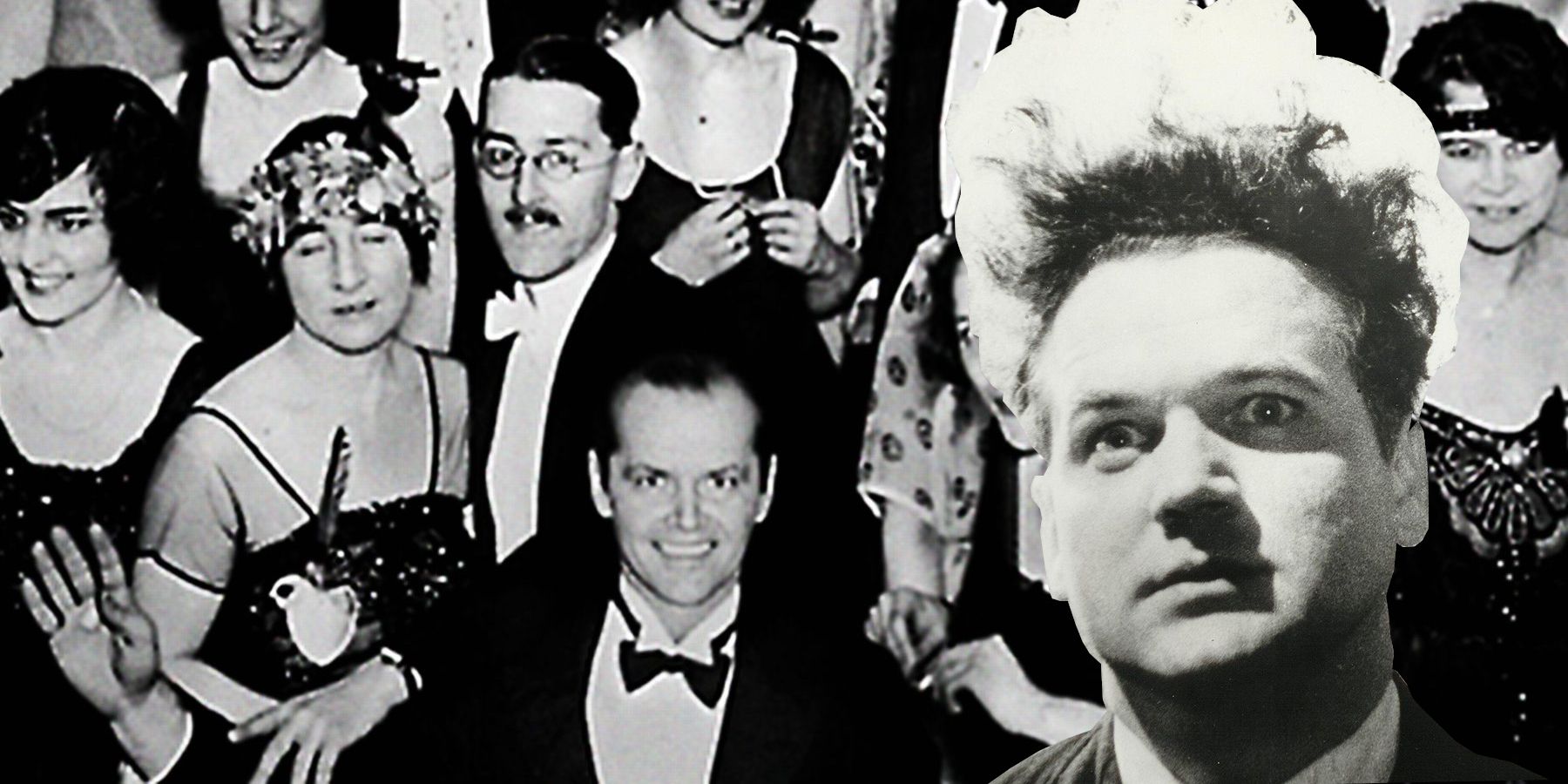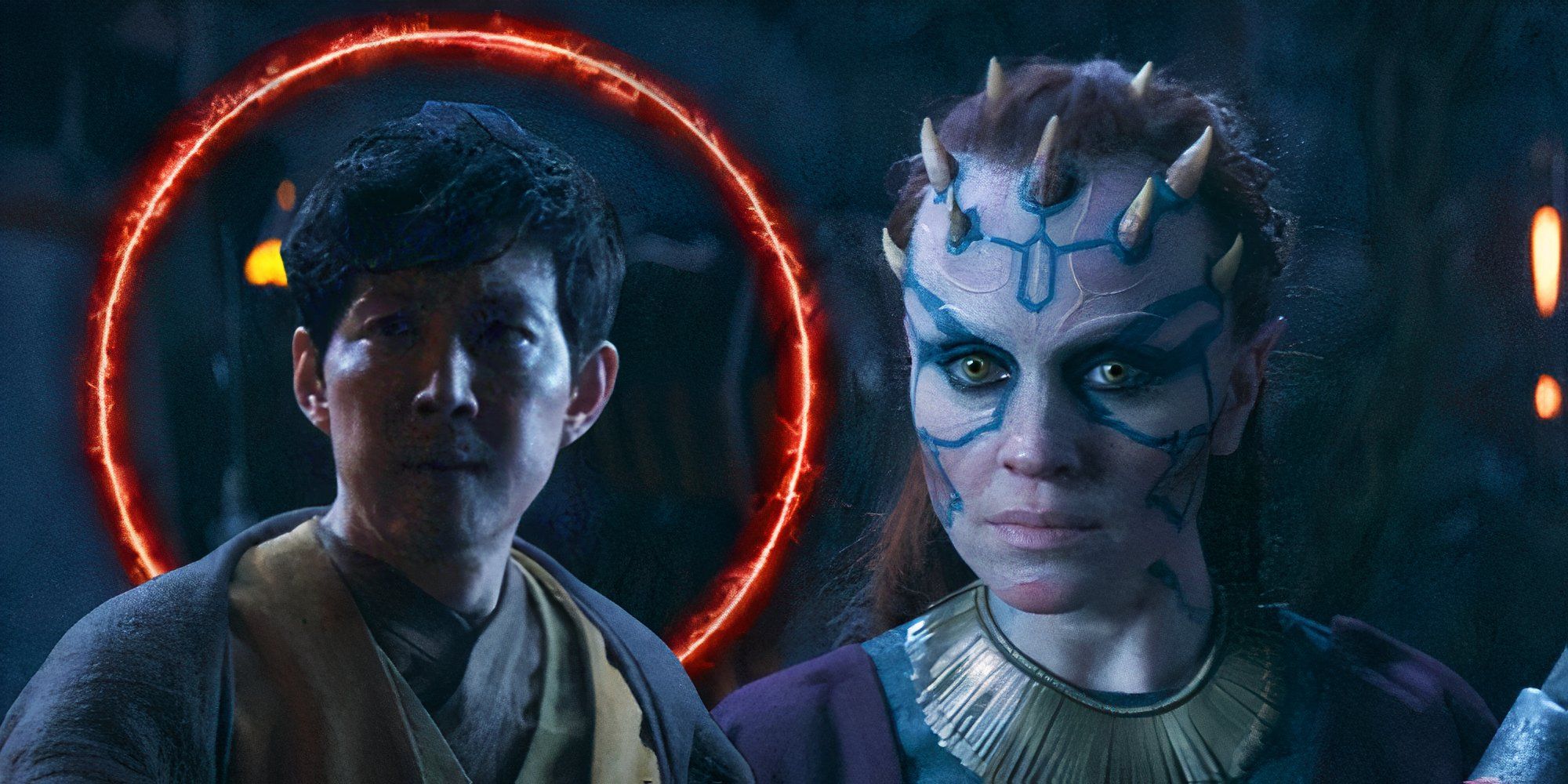The Shining and David Lynch’s Eraserhead share an odd connection, and it’s more than their director’s uniquely artistic approaches to filmmaking. As it turns out, Stanley Kubrick’s masterwork of horror owes a debt of gratitude to David Lynch’s surreal nightmare debut movie.
Eraserhead was released just three years before Kubrick’s The Shining. At the time, David Lynch was a virtual unknown in the film world, but his debut film had slowly been gaining popularity as a “midnight movie” broadcast on television very late at night, and its influence was spreading. As it turned out, one of its admirers was none other than Stanley Kubrick himself, who was inspired by what he’d seen in Eraserhead and even appropriated one of its key scenes for use in The Shining.
Eraserhead is far more surreal than The Shining, which has since spawned the sequel, Doctor Sleep and an upcoming HBO show, yet they do share some similarities. Watching Eraserhead is like experiencing a nightmare on screen. It’s filled with looming dread and terror, and it’s easy to see why Kubrick would want to capture this same feeling for a movie like The Shining. He was especially impressed with Lynch’s use of sound, as well as how he used lingering shots to build a sense of dread. Nevertheless, Kubrick took more from Eraserhead than film and sound techniques. The bathroom scene in room 237 directly alludes to Henry Spencer’s visit to his sultry neighbor’s apartment room 27. Kubrick even showed Eraserhead to his film crew right before they started shooting The Shining.
What The Shining Took From Eraserhead

In order to get his actors and film crew in the proper mood, Stanley Kubrick had them all watch Eraserhead before they started filming The Shining. Kubrick wanted to capture the dread and horror of Lynch’s film while telling a very different story. One way he did this was by emulating Lynch’s use of sound, such as relentless background noises, tones, and hums. He also saw how effective it could be to linger on a particular shot, how it made the audience begin to search the scene and question the importance of what they were seeing.
Perhaps the largest influence Eraserhead had on The Shining is on the bathroom scene in room 237. The moment in The Shining where Jack Torrance discovers the woman in room 237 is horribly decayed and he’s backing away from her in terror is shot in the same way as when Henry goes out into the hall to see, to his horror, that the sultry woman across the hall is with another man. In both scenes, the characters back away slowly and there is a sudden jump cut. In Eraserhead, the cut briefly shows Henry’s deformed baby trembling with its mouth horribly open. In The Shining, the cut is to Danny, also trembling with his mouth open in a silent scream, clearly very scared. This technique has the same effect for both films, evoking a strange sense of dread, one that Kubrick appropriated from Lynch.
Despite their differences, both Eraserhead and The Shining are psychological horror films that feature a protagonist slowly slipping into madness. Kubrick must have known this, which is why Lynch’s film was such a large influence on him. In both films, sex masquerades as an escape, as the woman across the hall for Henry Spencer and as the woman in room 237 for Jack Torrance, but ultimately pushes them further down the spiral. It’s unlikely The Shining would be quite so terrifying if it weren’t for Eraserhead.





